8 Ways to Promote Your Plant-Based Menu & Drive Sales
The demand for plant-based is on the rise, with 42% of consumers now willing to switch to a plant-based diet* Want to tap into the trend? Find out what plant-based could mean for your menu - and how you can shout loud and proud about it to your customers.
With some diners looking to cut back on the amount of meat they eat, it’s time to take a long look at your menu – are you providing the right options to cater to this shift? And do they stand out well enough?
A proportion of your diners may already be avoiding meat for religious or ethical reasons, and others for the impact on the environment. Switching to a plant-based diet has a positive impact on the planet and is estimated to reduce greenhouse gas emissions by up to 95%*.
Catering for this demand is key, but you want to sell these items to the masses too, right? Discover our 8 top tips to driving your plant-based sales.
1. Make it obvious
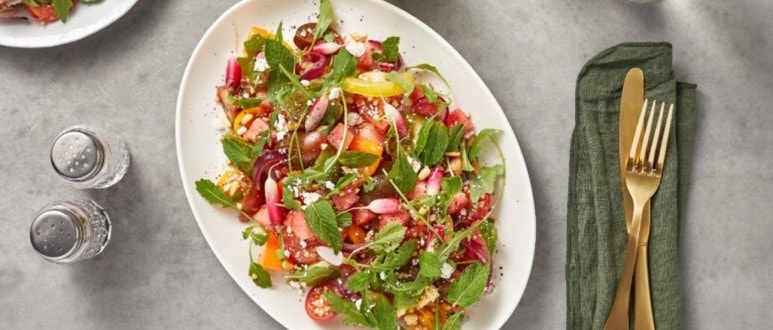
Don’t separate your vegetarian and vegan choices in a different section, as that can make meat-eaters skip the section altogether. Instead, integrate them into the regular menu and make ordering meat-free dishes simple by labelling the vegetarian and vegan dishes on your menu. Alternatively, you can design your dishes to be flexible to allow you to simply remove a meat item from the final dish if a diner asks for it!
The same applies to the online world – don’t forget to update your menu on your website and social channels so that anyone researching menu options beforehand knows they will be catered to.
2. Distinguish between vegans and vegetarians
Vegan, vegetarian, pescatarian, flexitarian… with so many buzzwords out there, help your staff to understand the difference between some of those most commonly used:
Vegetarian means eating plant-based foods, with no meat, poultry or seafood.
There are a few different types of vegetarians:
- Ovo-lacto (or lacto-ovo) vegetarians eat eggs and dairy
- Lacto vegetarians eat dairy foods
- Ovo vegetarians eat eggs
- Pescatarians eat fish
Vegan means eating plant-based foods only and this diet is free from all meat and seafood, as well as all animal products and all animal-derived products, such as dairy, eggs and honey. Animal products can come in many surprising forms, including gelatine-based products commonly used when cooking.
Semi-vegetarian/flexitarian means eating mainly plant-based foods, with occasional meat as well.
3. Make the most of going meat-free
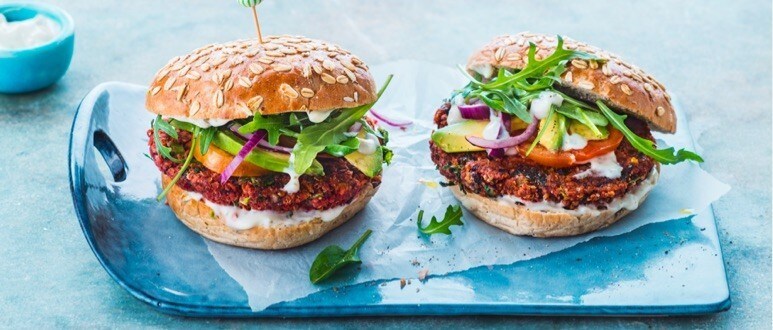
Meat-free is mainstream! If you want to shout about your evolving menu, you can run special events such as ‘Meatless Mondays’ or have a month where you promote (and discount) vegan dishes to draw attention to what you’re doing.
Try to include at least one vegetarian or vegan option in your specials or limited time offerings. Let them take pride of place in your main menu. Add meatless dishes to your chalkboard outside the premises to help drum-up passing customers.
4. Push the plant proteins
‘Plant proteins’ have become a bit of a buzzword, so where you can, shout it out on your menu. You can also draw attention to other plant-based benefits such as the calorie count, or that your plant protein is low fat or contains ‘heart-healthy’ fats. This might really swing it for some diners.

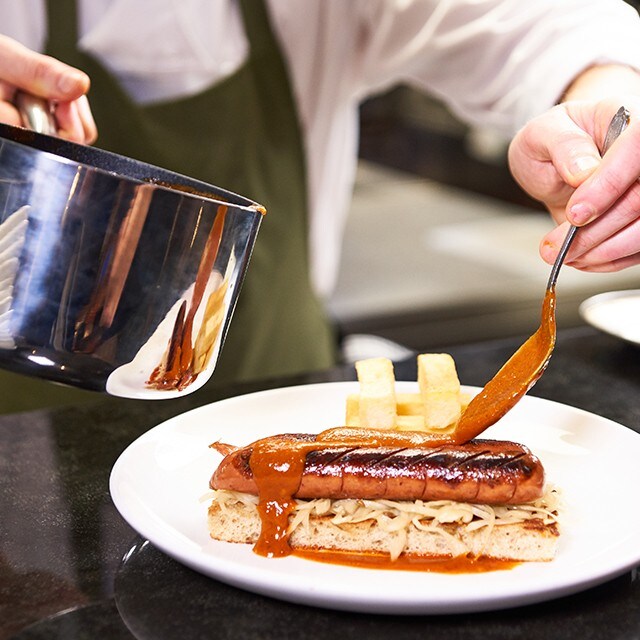
Discover Plant-Based Protein From The Vegetarian Butcher & Meat The Chefs Who’ve Made The Switch
Even if your menu is traditionally meat-orientated, there is no underestimating the importance of plant-based as part of your offering. And you don’t need to sacrifice anything to serve up great tasting dishes that tick all the texture and flavour boxes for vegans and meat-eaters alike. The Vegetarian Butcher range cooks like meat, tastes like meat and has the texture of meat. Discover more here.

5. Experiments with 'meat-less meat'
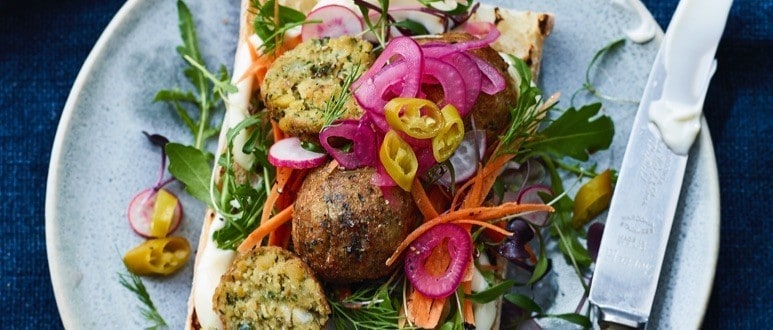
Some diners going meat-free will still want the taste and texture of meat. That’s where The Vegetarian Butcher comes in. Their range of meat alternatives look like meat, taste like meat and have the texture of meat – which means all the benefits without any sacrifice.
These types of products are a plus point, not something to hide – so promote them on your specials, and through your social media. Being upfront about the brand is powerful too!
You can also use ingredients with a naturally ‘meaty’ texture, such as pulses, mushrooms, aubergine and jackfruit.
6. Make your menu sing
Put some time into wording your dishes well – try to tease the diner with your descriptions. Remember, however delicious your dish is, if it doesn’t sound appetising on paper, it won’t convert to orders. For this reason, have another member of your team review your written menu to make sure it’s as captivating as it can be. And while the health-factor is definitely a draw for some, not everyone is looking for the low-calorie virtuous option when they eat out. Any health benefits should be presented as an added bonus.
7. Add your secret touch
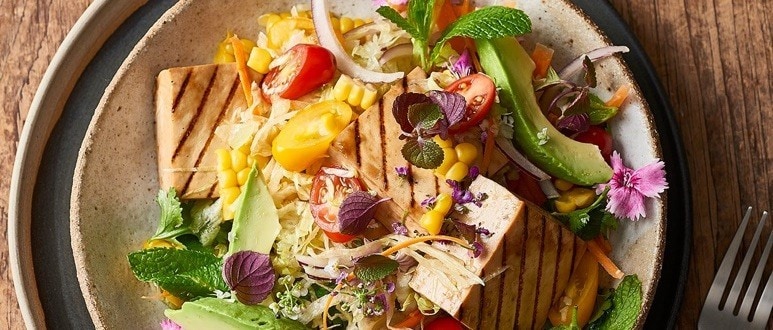
Going meat-free does not mean losing out on flavour, or putting lots of extra work in. Get some inspiration on how to add deep, rich flavour using Knorr® Professional Bouillons or make use of quick-fix products that will add irresistible flavour, such as Hellmann’s Vegan Mayo, and make your plant-based cooking shine.
8. Get your plant-based dishes performing on social media
It’s never been more important to have an online presence and to make sure your customers can not only find you digitally, but that they enjoy the experience as much as they would physically. What’s more, plant-based dishes are often incredibly photogenic and can be made easily findable using a wealth of popular hashtags – making for excellent social media content!
Discover our practical marketing tips and advice to get you started, from building your brand on social media and being searchable on Google to perfecting your food photography.
"The content of this article is intended for inspiration purposes only. It is not intended as clinical, medical or nutritional advice."
*Euromonitor, 2021
**
Top recipes
Free Leadership Training
- For all foodservice workers and (future) leaders
- Learn through videos and self-driven actions
- By Michelin-starred chefs and industry experts
- Insights about recruitment, teambuilding, communications and more





